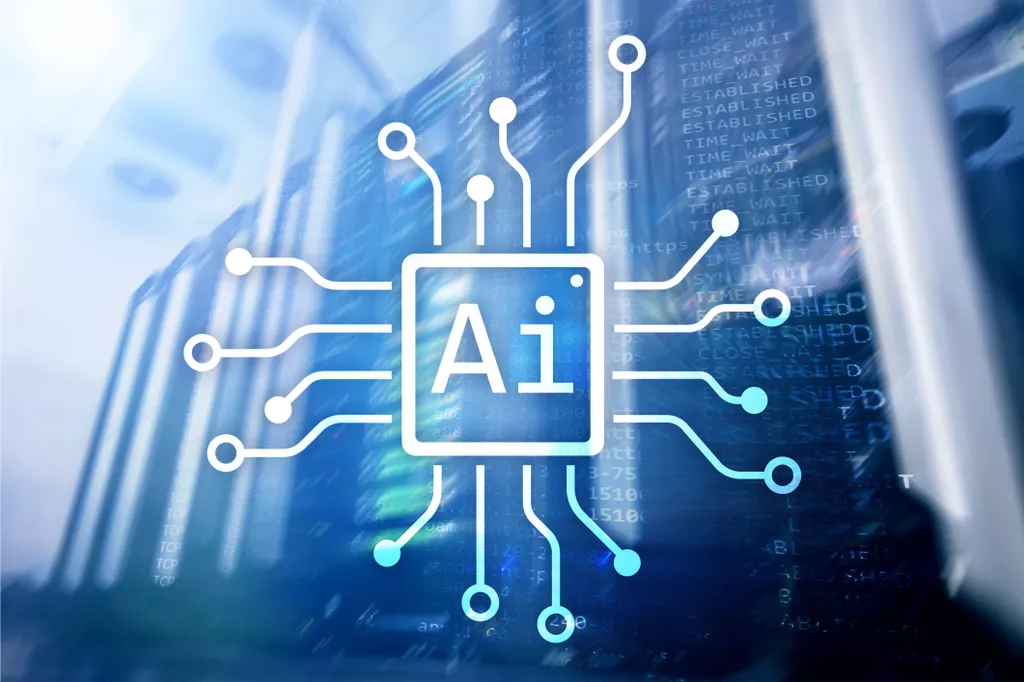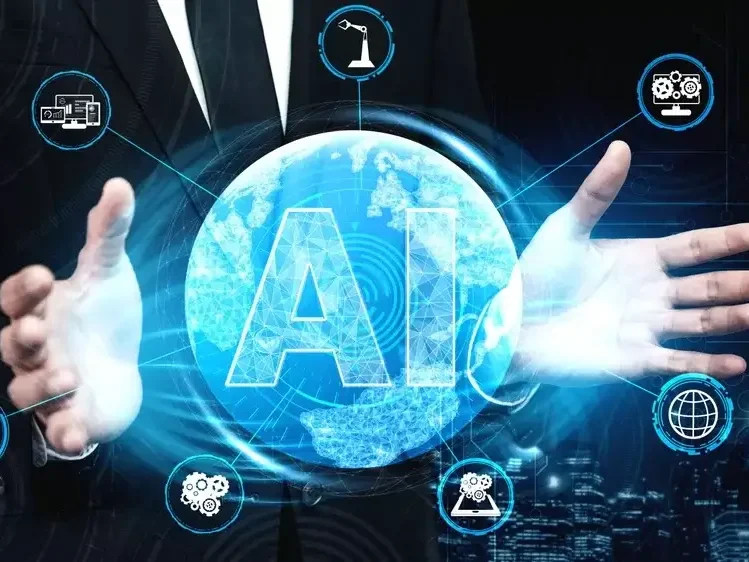Chatbots are developed using advanced technologies that often come from artificial intelligence. However, the basic architecture of the dialog interface understood as a general block diagram, is not difficult to understand.
Programmers use Java, Python, NodeJS, PHP, etc., to create a web endpoint that receives information from platforms like Facebook, WhatsApp, Slack, and Telegram.
We define a conversational AI architecture as a structure with presentation or communication layers, a business logic layer, and a final layer that provides access to data from any repository. Let’s read about the main components of chatbot architecture.
Main elements of the conversational AI architecture
The conversational AI architecture requires a candidate response generator and a response selector to answer user queries with text, images, and voice. Depending on the usability and context of business operations, the architecture used to build a chatbot changes dramatically. But there are essential elements present in any system.
Environment
The environment is primarily responsible for understanding the context of users’ messages using natural language processing (NLP).
The NLP engine is a central component of the chatbot architecture. It interprets what users say at any given time and turns it into organized input the system may process. The NLP engine utilizes advanced machine learning algorithms to identify the user’s intent and match it against the bot’s list of supported intents.
The NLP engine consists of two components:
- The intent classifier matches what the user asks for and the type of action the software performs.
- The entity extractor is responsible for determining the keywords from the user’s query, which helps determine what the user is looking for.
You can extend the NLP engine to include a feedback mechanism and policy learning.
- The feedback mechanism includes user feedback on the chatbot. Such part of the training can be built into the chatbot itself. Here, the user can rate the interaction at the end of the contact. It encourages the bot to train from its errors and get better in the future.
- Policy learning is a broad framework in which a bot is trained to create a network of happy paths in the flow of a conversation, which improves overall end-user satisfaction.
Such tools allow controlling the context of the dialog. For example, the user wants to change an order he made earlier. The bot needs to interpret the information and make the necessary adjustments correctly.

Question and answer system
As the name suggests, the Q&A system answers frequently asked customer questions. The question and answer system interprets the user requests and gives the appropriate answer from the knowledge base. It consists of the following parts:
- Manual learning involves the domain expert compiling a list of frequently asked questions from users and charting out the answers. Such a procedure allows the chatbot to find answers to the most critical questions quickly.
- Automated learning involves sending business documents to the chatbot, such as policy documents and other Q&A documents, and self-learning instructions. From such records, the engine generates a list of questions and answers. Thanks to this, conversational AI will be able to respond confidently.
Applying traditional manual learning methods to real business problems requires time and resources. Automated learning improves the ROI of your data initiatives and reduces the time it takes to realize value.
Front-end systems
Front-end systems are those where users interact with the chatbot. These are client systems such as Facebook Messenger, WhatsApp Business, Slack, Google Hangouts, your website or mobile app, etc.
Node server/traffic server
The server handles user traffic requests and routes them to the appropriate elements. The response from internal components is often routed through the traffic server to external systems.
Custom Integrations
Thanks to custom integrations, you can integrate the chatbot with existing back-end systems such as CRM, HR, database, payment apps, calendar, and many other tools to enhance your chatbot experience.
The effective use of a chatbot depends on the balance between its systems’ complexity and its operation’s relative simplicity. The conversational AI architecture should be arranged so that for the user, it is straightforward and has a complex and deep structure in the background.
How to choose the conversational AI architecture?
The choice of the appropriate architecture depends on what type of domain the chatbot will have. For example, you can ask a chatbot something, and the chatbot will answer it. Maybe in the middle of a conversation, you will end it and continue later. Depending on the type of conversational AI you choose to create, the chatbot may or may not save the conversation history.
For narrow domains, a pattern-matching architecture would be an ideal choice; however, for chatbots that deal with multiple domains or multiple services, the broader domain. In these cases, sophisticated modern neural network architectures such as long-short-term memory (LSTM) and agent reinforcement learning are used. Due to the different usage patterns of a chatbot, the architecture will change depending on the unique needs of conversational AI.
